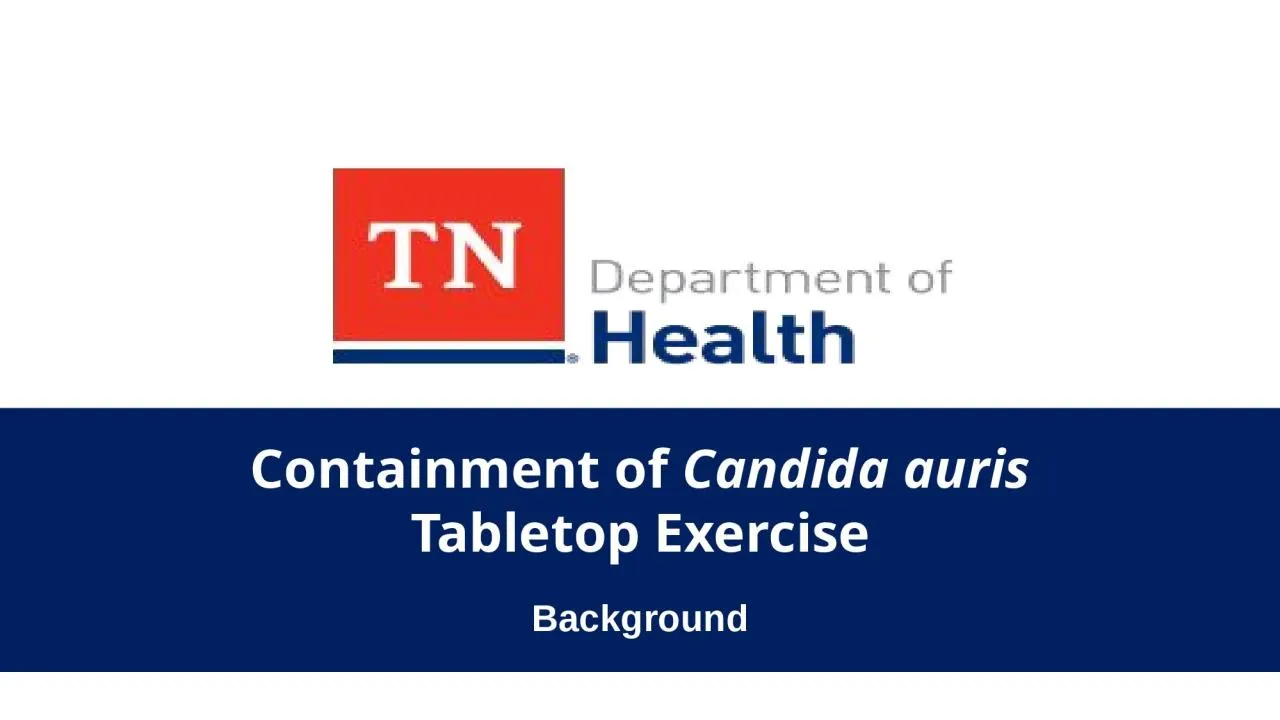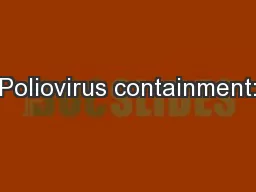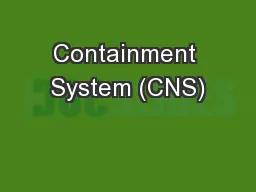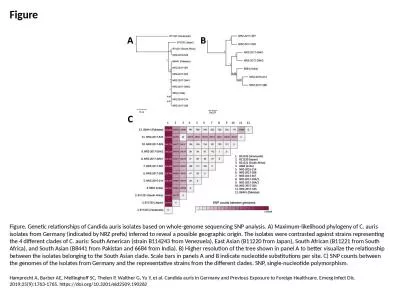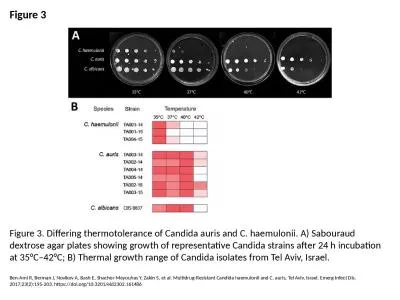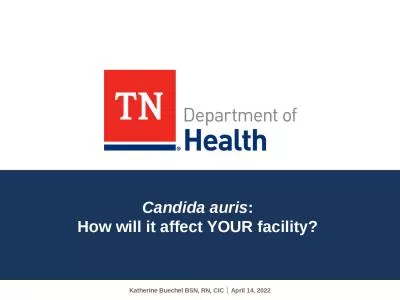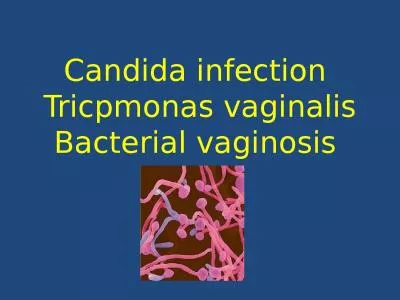PPT-Containment of Candida auris
Author : emily | Published Date : 2022-06-01
Tabletop Exercise Background Why Is C auris A P roblem It causes serious infections Antifungal resistance Requires disinfection with sporicidal agent Persistent
Presentation Embed Code
Download Presentation
Download Presentation The PPT/PDF document "Containment of Candida auris" is the property of its rightful owner. Permission is granted to download and print the materials on this website for personal, non-commercial use only, and to display it on your personal computer provided you do not modify the materials and that you retain all copyright notices contained in the materials. By downloading content from our website, you accept the terms of this agreement.
Containment of Candida auris: Transcript
Download Rules Of Document
"Containment of Candida auris"The content belongs to its owner. You may download and print it for personal use, without modification, and keep all copyright notices. By downloading, you agree to these terms.
Related Documents

